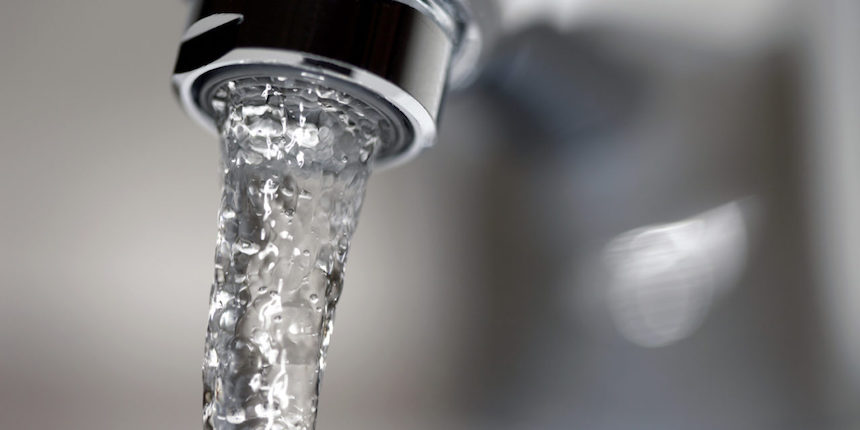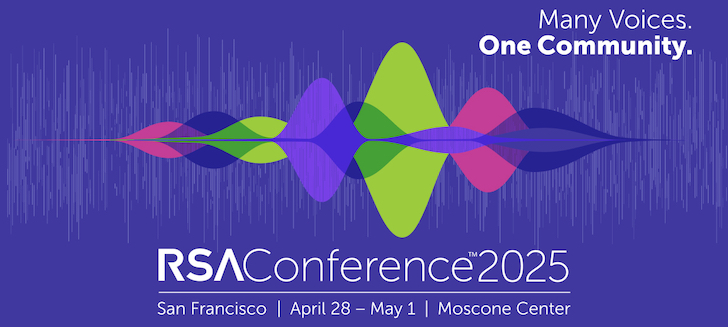
Community water fluoridation—adjusting fluoride in drinking water to the optimal concentration for prevention of tooth decay—has been recognized by the Centers for Disease Control and Prevention (CDC) as one of 10 great public health achievements of the 20th century. Community water fluoridation is demonstrated to be cost-saving for communities of 1,000 or more people, and savings increase with the size of the population served. Water systems that operate with fluoride concentrations consistently close to the now-recommended optimal fluoride concentration of 0.7 mg/L throughout each year will maintain water fluoridation’s protective benefits of preventing tooth decay while limiting the risk of dental fluorosis.
An update to the recommendation of the US Public Health Service’s optimal fluoride concentration to 0.7 mg/L was proposed in January 2011 and became final in April 2015, but it did not address control ranges. The previous recommendation, set in 1962, recommended selecting a target concentration within the range of 0.7–1.2 mg/L on the basis of annual average outdoor temperature and a control range—for example, 0.7±0.1 mg/L (0.6–0.8 mg/L). The control range of 0.1 mg/L below to 0.5 mg/L above the selected target (0.6 mg/L wide) described in the CDC’s 1995 Engineering and Administrative Recommendations for Water Fluoridation has not changed since 1986.
For adjusted systems, the Water Fluoridation Reporting System (WFRS), hosted by the CDC, records the optimal fluoride concentration and control range established in all states and monthly average fluoride concentration in 34 states. State public health and water quality programs use WFRS to manage and improve their water fluoridation programs. CDC, the Association of State and Territorial Dental Directors, and the American Dental Association, as well as some states, use data from WFRS to bestow quality awards that are based in part on the number of months that adjusted systems maintain average fluoride concentration within recommended or state-established control ranges.
This study describes adoption of the 0.7 mg/L target concentration and potential feasibility of control ranges of 0.6 mg/L wide and narrower (for example, ±0.3 mg/L), overall and by size of population served. Three analyses were conducted. The first analysis used data from more than 4,000 systems in 34 states with at least one monthly average fluoride concentration recorded in WFRS during 2006–2010. The second analysis was limited to 990 systems in 23 states that had data in WFRS for all 60 months during 2006–2010. The third analysis described targets and control ranges used by adjusted systems during 2015, and the percentage of systems that maintained monthly average fluoride concentration within both hypothetical and the three most commonly used control ranges.
During 2006–2010, adjusted systems maintained monthly average fluoride concentrations within ±0.2 mg/L of the target >75% of the time. Differences by system size were small but may need to be considered for control ranges of ±0.2 mg/L and narrower. By the end of 2015, 70% of adjusted systems had maintained average fluoride concentration within ±0.1 mg/L of their annual average fluoride concentration for nine of the past 12 months, 67% reported using the 0.7 mg/L target, and 45% reported using the 0.7 mg/L target with a ±0.1 mg/L control range. These findings suggest that adoption of the recommended 0.7 mg/L target fluoride concentration was underway but not completed in 2015, and that control ranges narrower than ±0.2 mg/L may be feasible for monthly average fluoride concentrations. Adjusted systems may consider conducting and publishing similar analyses of their daily fluoride concentration data, which are not available from WFRS. Findings from this study may be used to inform choice of monthly control ranges around target fluoride concentrations and development of quality measures for water fluoridation programs.
Corresponding author: Laurie K. Barker is a statistician, formerly with the Division of Oral Health, and currently with the Division of Viral Hepatitis; Centers for Disease Control and Prevention, 1600 Clifton Rd., MS G-37, Atlanta, GA 30329-4027 USA; LBarker@cdc.gov.
Full Text: pdf


